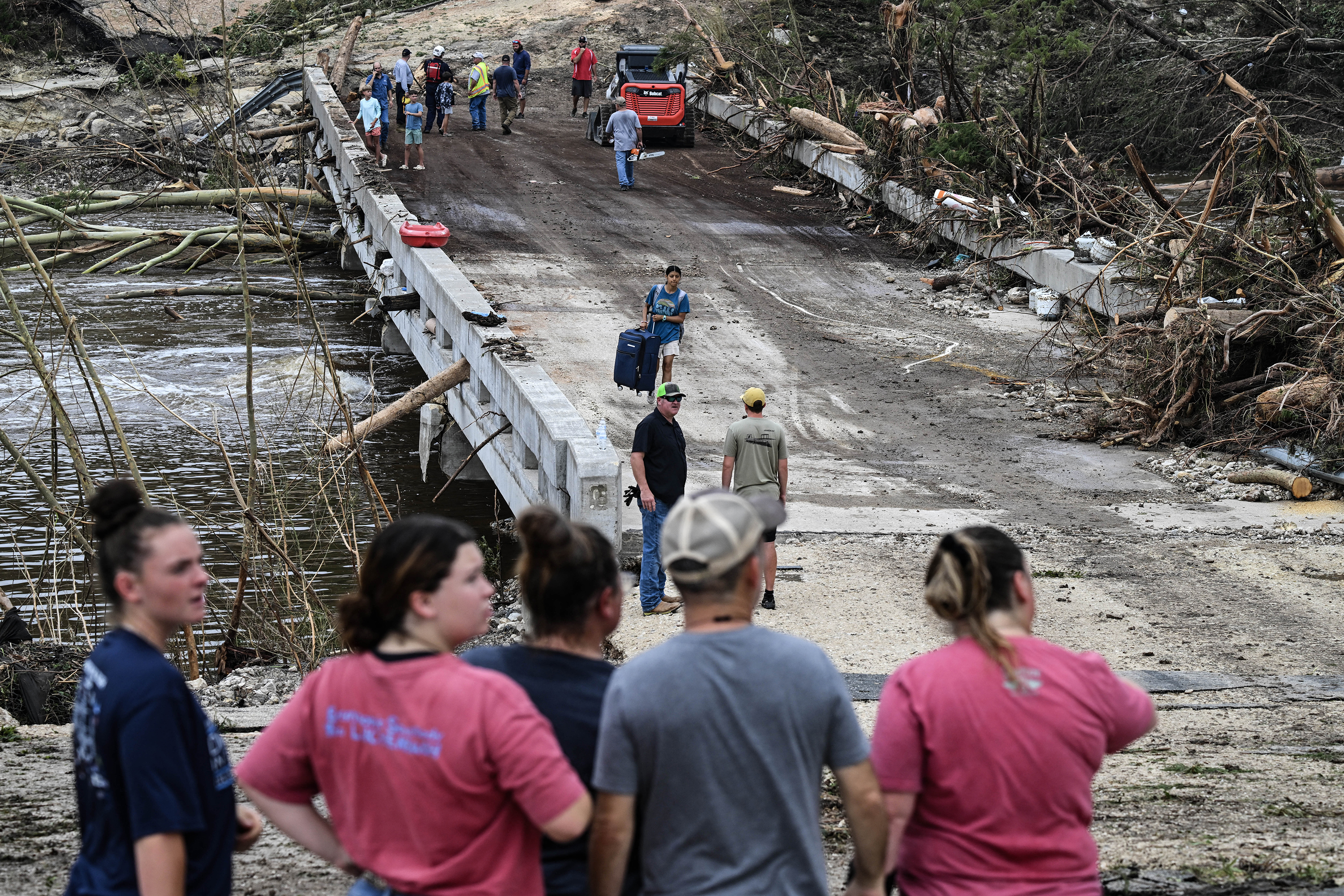Some tips, practices for wildlife damage control
Published 10:39 pm Saturday, June 29, 2013
Wildlife may be enjoyable to watch around our property for many people.
But, wildlife can cause damage to agriculture, urban areas and natural resources. It is when wildlife is causing economic damage that control may be warranted. Texas is a large and diverse state, and that applies equally to the animals that live here. Texas is home to more species of birds and reptiles than any other state, and second only to California in the number of mammals.
The Texas Wildlife Services Program, part of the U.S. Department of Agriculture’s Animal and Plant Health Inspection Service (APHIS) and the Texas A&M AgriLife Extension Service, helps alleviate wildlife damage to agricultural, urban and natural resources. Wildlife Services also address threats to public health and safety and protects endangered and threatened species from predators.
Wildlife Service’s vision is to improve the coexistence of people and wildlife. The program recognizes that the entire field of wildlife damage management is in a period of change, and those involved with this field must consider a range of public interests that can conflict. These interests include wildlife conservation, biological diversity, and the welfare of animals, as well as the use of wildlife for purposes of enjoyment, recreation and livelihood.
In most cases, landowners and resource managers use technical information to implement habitat management and other methods to reduce damage on their properties. For example, technical assistance is provided to assist landowners manage feral swine damage.
During 2012 alone, Wildlife Services personnel in Texas conducted more than 1,000 feral swine technical assistance events reaching more than 25,000 individuals and providing more than 20,000 feral swine leaflets and brochures.
Beaver historically have been a valuable economic and natural resource. During the past 20 years their populations have increased throughout the United States due to lower demand for beaver products and subsequent decreases in recreational trapping. This growth has positive impacts, such as increased wetland habitat, as well as negative effects from dam building and tree cutting. Beaver dams back up water that floods and kills valuable timber and destroys or damages cropland, roadways, sewer and septic systems and water treatment and electric utilities.
Dams also may negatively affect fish populations by changing the movement and temperature of stream water. Beavers cut down trees that are valued for timber production and landscaping. Texas Wildlife Services conducts beaver damage management to protect flood control structures, roads and bridges, and private property. Beavers concentrate around road culverts and bridges and their bank dens can cause the complete failure of flood control dams. Beaver damage management is an important activity, especially in the eastern third of Texas.
For Smith County, the State Trapper with the Texas Wildlife Services will be here July 8 working to help with landowner’s wildlife damage issues.
The trapper will be working the month of July here in Smith County as his service is needed. For those with beaver problems in their farm ponds, beaver work is still offered with no fee.
For feral hogs, coyotes, or other wildlife damage issues, a fee will be charged for the trapper to work these issues. Please contact the Texas A&M AgriLife Extension Office of Smith County at 903-590-2980 to be added to the list of those that need assistance.
Again, the trapper will be in Smith County for a limited time so call and get on the list for assistance. The trapper will line up a time to get by and assist you with your wildlife damage issue.
Extension programs serve people of all ages regardless of socioeconomic level, race, color, sex, religion, disability, or national origin.






